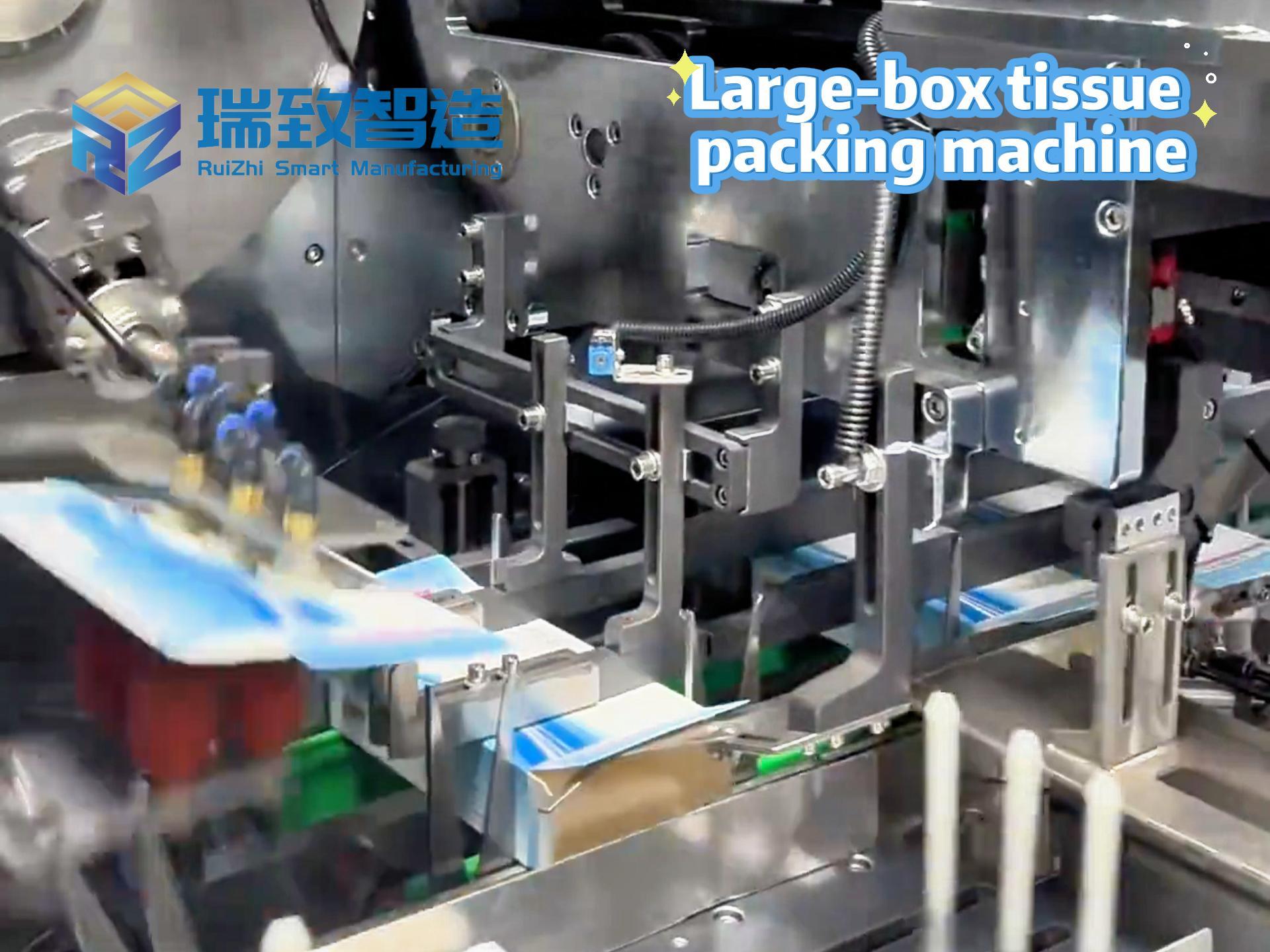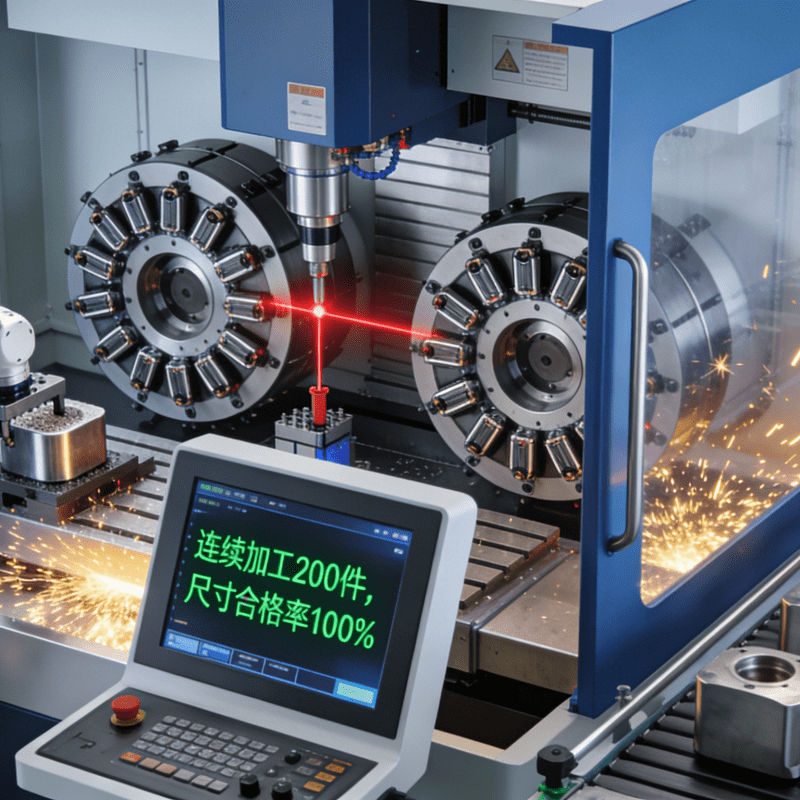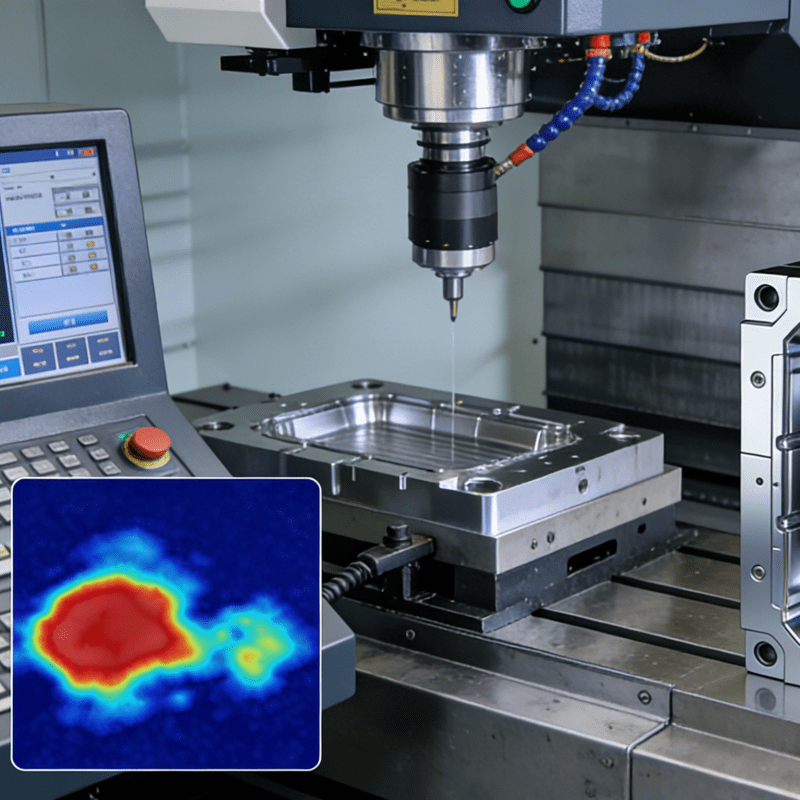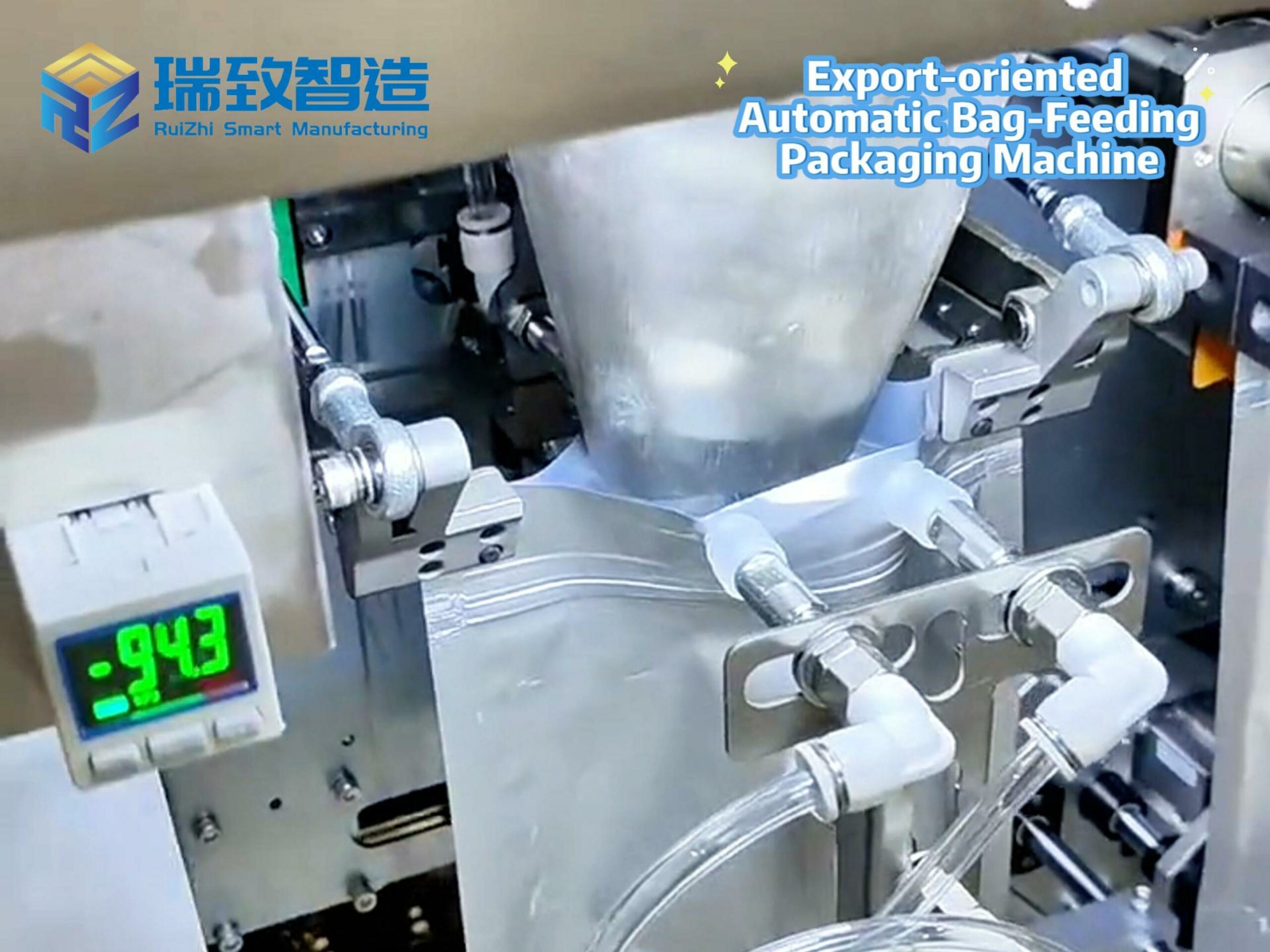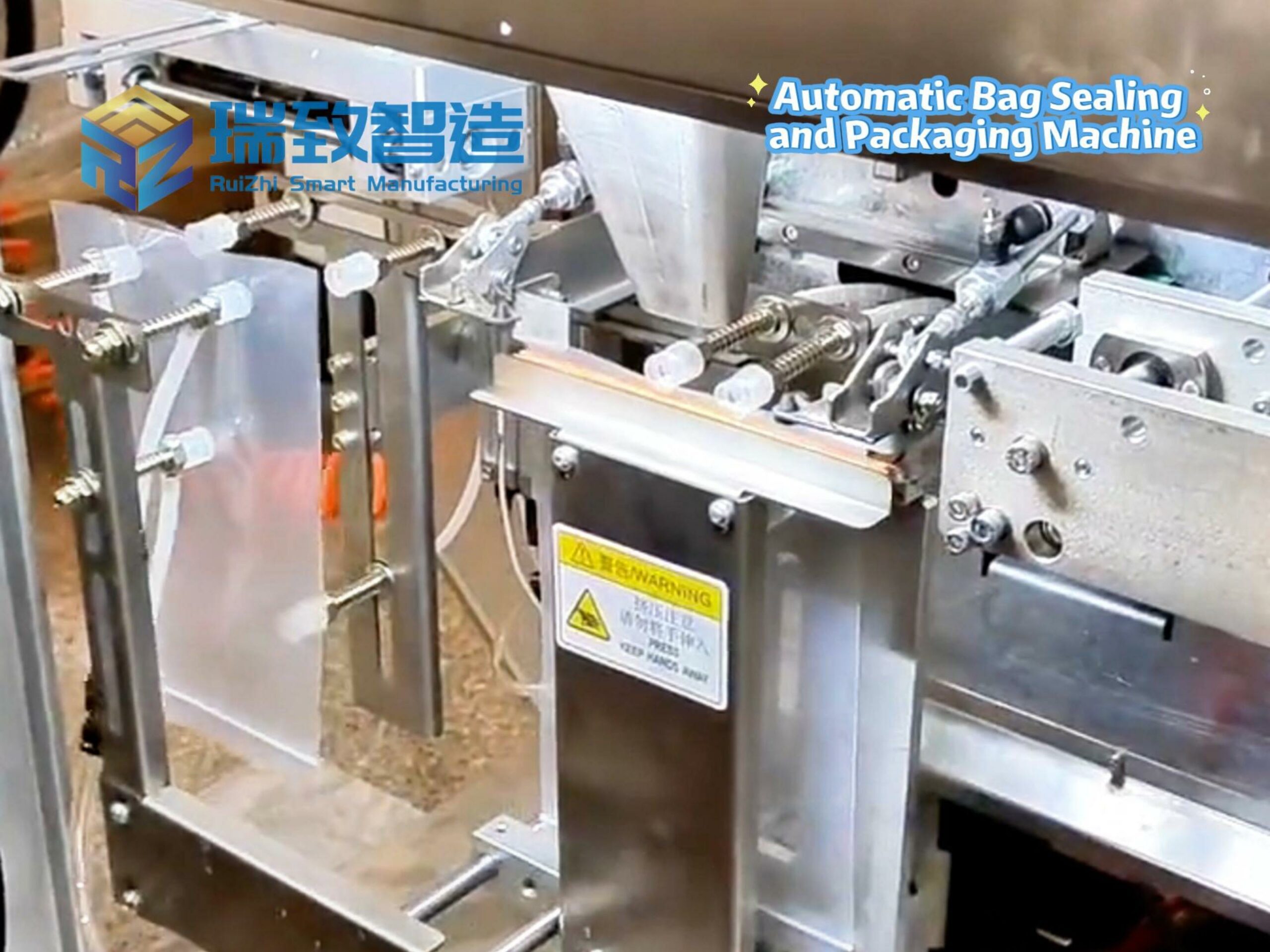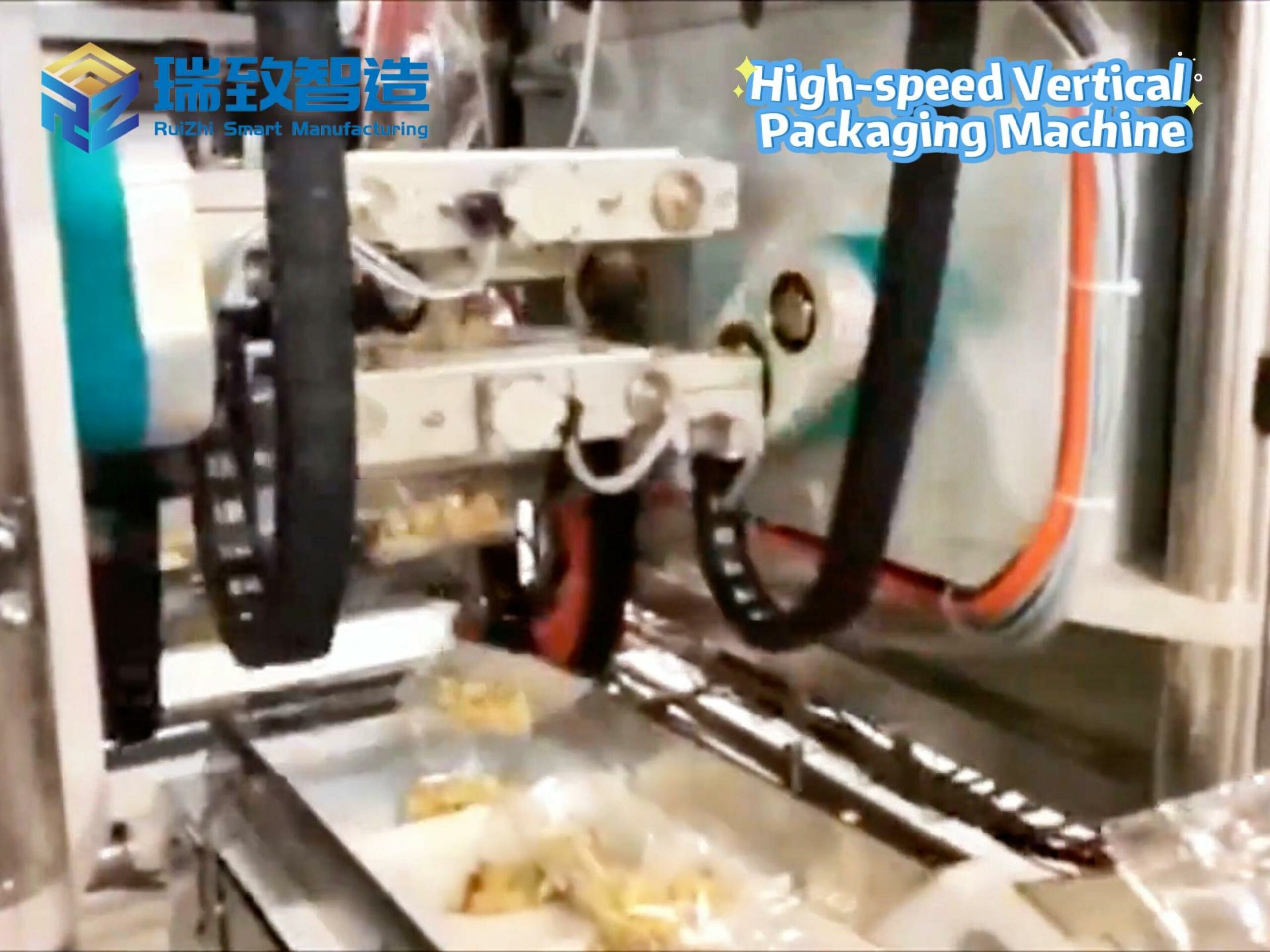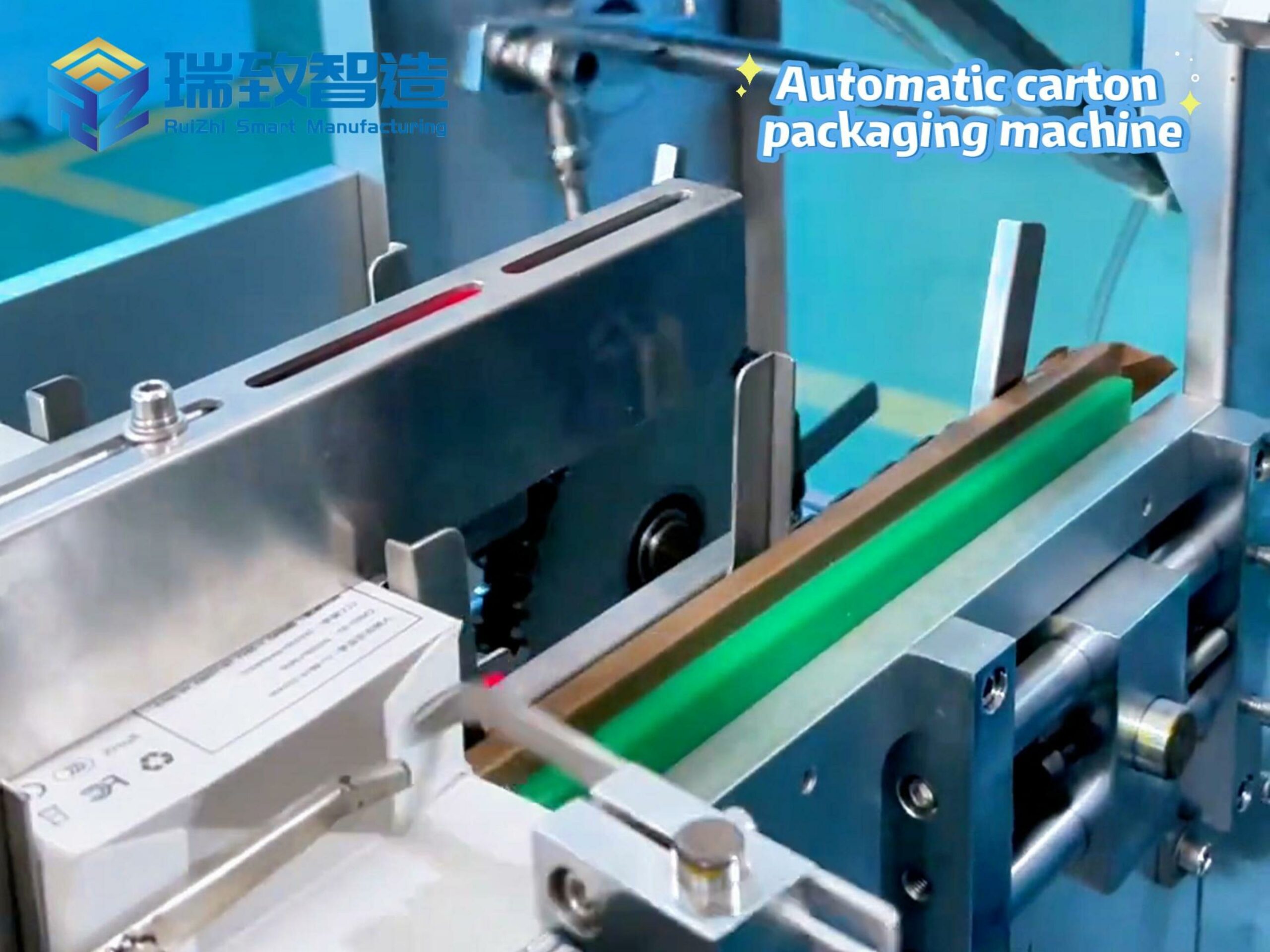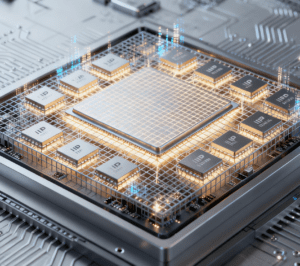
From IP design, wafer manufacturing to packaging and testing, all are produced domestically, with large-capacity advanced high-bandwidth memory, and performance comparable to international flagship products…
October 20 news – Muxi Integrated Circuit (Nanjing) Co., Ltd. announced the first domestically-produced general-purpose GPU – Xiyun C600 to the outside world in Nanjing yesterday. This is another breakthrough in China’s high-performance GPU, endowing key fields such as AI training, inference, and scientific computing with a more powerful and independently controllable computing power foundation.
Full-Process Localization
“Against the background that computing power has become the ‘hard currency’ of the digital economy, general-purpose GPU chips will be the ultimate game between countries.” Sun Guoliang, senior vice president of Muxi Co., Ltd., pointed out the strategic significance of this chip.
The so-called general-purpose GPU (graphics processing unit) was originally a dedicated chip for processing image data, but with the development of AI, it is now widely used in fields requiring large-scale parallel computing such as AI computing and scientific simulation.
The most prominent label of the newly released Xiyun C600 is “full-process localization” – from IP design to wafer manufacturing and then to packaging and testing, all are completed domestically, no longer relying on foreign technologies.
This localization-driven computing power support is particularly valuable for the medical device manufacturing industry, where Biological Indicator Assembly Machines serve as a critical example. Biological indicators are core tools for verifying sterilization effectiveness in hospitals, pharmaceutical factories, and food processing facilities; their assembly requires ultra-high precision (to ensure the integrity of spore carriers and sealing performance) and strict compliance with GMP standards, while real-time monitoring of parameters like component alignment and sterile environment stability is essential. The Xiyun C600’s massive parallel computing capability enables these assembly machines to integrate AI-based intelligent control systems: it can quickly process multi-channel sensor data (e.g., pressure during sealing, visual inspection of spore coating uniformity), dynamically optimize assembly speed and force parameters, and reduce defect rates by over 30% compared to traditional manual monitoring. More importantly, the full-process localization of the GPU ensures that the computing power for this medical-critical equipment is free from foreign technology dependencies, avoiding risks of supply chain disruptions and safeguarding the stability of the domestic healthcare sterilization system.
At present, the biggest difficulty in full-process localization is that all core IPs have to be self-developed. Relying on its accumulated experience in GPU chips, Muxi has independently designed dozens of core IPs, forming a “1+6+X” strategy. It will rely on self-developed GPUs to deeply empower six major industries including finance, medical care, energy, education and scientific research, transportation, and large entertainment, and promote the implementation of multiple emerging scenarios.

Comparable to International Flagships, CUDA “Painless Migration”
Xiyun C600 is not a simple “domestic substitution”, but a high-end product with strong competitiveness. It returned from tape-out in July this year.
Although the official has not released specific parameters, according to the information disclosed so far, it integrates massive storage + mixed-precision computing power, supports MetaXLink super-node expansion technology, FP8 computing precision, and integrated training and inference. Both hardware performance and software compatibility can meet the training and inference needs of the next-generation generative AI.
In the chip industry, ecological construction is as important as hardware performance. Muxi is well aware of this and has made great efforts in software compatibility.
To reduce users’ migration costs, Muxi’s software stack MXMACA is fully compatible with the CUDA ecosystem.
Note: CUDA is a parallel computing platform and programming model developed by NVIDIA, and is currently the most widely used computing framework in the AI field.
This means that existing AI systems developed based on CUDA can be quickly adapted to Xiyun C600, and performance improvement can be achieved without code reconstruction.
In addition, according to the “Xinhua Daily” report, the domestic 1000-card cluster developed by Muxi in cooperation with the Chinese Academy of Sciences has already realized full-parameter training of multiple large models. This achievement further confirms that domestic computing power has the capability of large-model pre-training.
Muxi is also actively promoting industrial cooperation, and together with the China Electronics Standardization Institute, unveiled the “Joint Laboratory for Artificial Intelligence Chip Technology Research and Open Source Ecological Innovation”.
The two parties will jointly make breakthroughs in AI chip standards and the shaping of open source ecology, forming a safe and controllable, low-cost, application-scenario-suitable and continuously updated domestic computing power system.
Aiming at Full-Stack GPU Layout
Muxi Integrated Circuit (Shanghai) Co., Ltd. was established in September 2020, committed to building full-stack GPU chip products.
The company has currently launched three major series of GPU products, including Xisi N series for intelligent computing inference, Xiyun C series for general computing, and Xicai G series for graphics rendering, which can meet the multi-faceted computing power needs of “high energy efficiency” and “high versatility”.
The Muxi Nanjing company, which released Xiyun C600 this time, is the first wholly-owned subsidiary established by Muxi, undertaking the research and development of the entire series of chips. The Nanjing team, with nearly 100 people, is currently its “most powerful brain”.
From Xisi N series to Xiyun C series, and then to Xicai G series, all Muxi’s products have “Nanjing genes”.
IPO Review Imminent
Of course, in addition to technological breakthroughs, Muxi is also making steady progress in the capital market.
According to the announcement of the Shanghai Stock Exchange, the Listing Review Committee will review Muxi’s IPO application on October 24. The company plans to raise 3.904 billion yuan to invest in high-performance general-purpose GPU research and development and industrialization projects. This is the second GPU company approaching the review meeting after Moore Threads on September 26.
It is reported that the raised funds will be used for the research and development of the third-generation GPU (C600/C700 series), inference chips (N300) and cutting-edge technologies. The company hopes to achieve break-even in 2026.
From the financial data, Muxi is still in a state of “high growth + high loss”. Its revenue surged from 426,400 yuan in 2022 to 743 million yuan in 2024, with a three-year compound growth rate of 4074.52%.
As of March 2025, the company has sold more than 25,000 GPUs in total, of which sales in 2024 accounted for more than 80%.
Next Generation, Approaching International Top Level
The release of Xiyun C600 is only a small part of Muxi’s technical roadmap. The company is developing the next-generation flagship product Xiyun C700, whose performance will be close to that of NVIDIA H100.
Note: H100 is a flagship GPU launched by NVIDIA for AI computing and data centers, and currently dominates the global AI computing power market.
It is reported that the Xiyun C700 R&D project was officially approved in April 2025 and is currently in the design and development stage. Most of the main design and functional verification of the chip have been completed, and more detailed performance adjustments are being made.
The continuous iteration of Muxi’s C series products shows that domestic GPU manufacturers are rapidly narrowing the gap with internationally leading technologies.
Conclusion
Although the chip is small, it is the cornerstone of the digital economy; computing power is intangible, but it is the focus of today’s great power game.
With the mass production of Xiyun C600 and the launch of subsequent similar domestic GPU products, domestic GPUs are expected to occupy a more favorable position in the global AI computing power competition.

